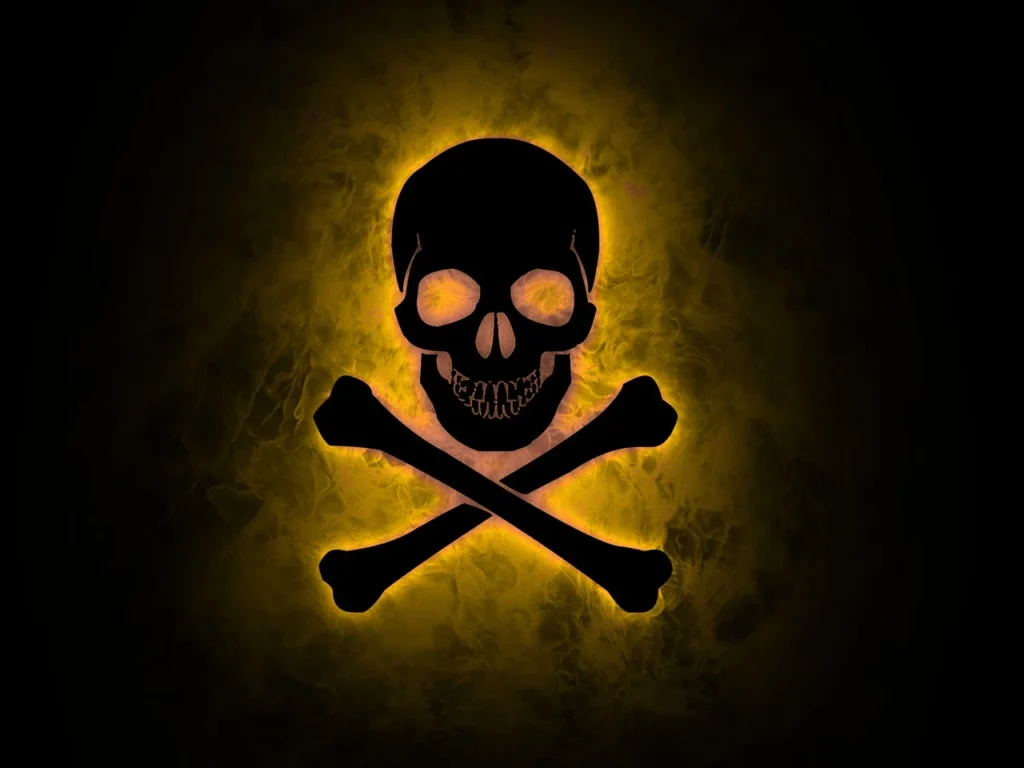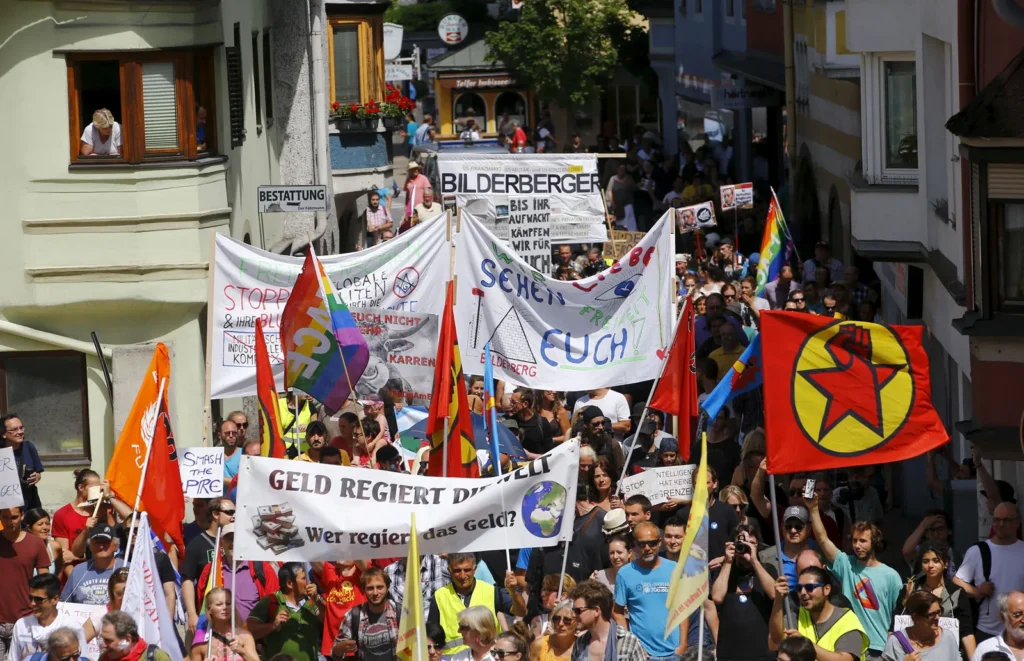Introduction Because of their secrecy and intrigue, secret societies have captivated people for centuries. In order to maintain a sense of Mystery Social orders and exclusivity, these organizations frequently operate behind closed doors. Some are well-documented, but others are elusive, which encourages conspiracy theories and speculation. Ten of the most enigmatic secret societies that have captivated the public’s imagination are listed here.
1. The Illuminati

The Illuminati is probably the most well-known secret society. Adam Weishaupt founded it in Bavaria in 1776. At first planned to advance Illumination standards and neutralize strict and political mistreatment, it was disbanded in the last part of the 1780s. However, there have been persistent rumors of its existence, which have led to numerous conspiracy theories regarding its alleged influence over global politics and financial systems.
2. The Freemasons

The Freemasons are perhaps of the most notable mystery society, with attaches following back to the late sixteenth and mid seventeenth hundreds of years. It started out as a fraternity for stonemasons and grew into a larger organization that helped people grow morally and ethically. The society’s inner workings and rituals continue to be a source of intrigue, leading to numerous conspiracy theories and myths about its influence and goals despite its open lodges and public presence.
3. Skull and Bones

A secret society that was founded at Yale University in 1832. Its elite membership, which includes prominent political and business leaders, has attracted a lot of attention. Speculation about the society’s influence on global affairs is fueled by its highly secretive rituals and internal affairs. Outstanding individuals incorporate previous U.S. Presidents George H.W. Bramble and George W. Bramble, as well as previous Secretary of State John Kerry.
4. The Rosicrucians

An esoteric and mystical sect that emerged in the early 17th century. Their lessons mix components of speculative chemistry, otherworldliness, and Kabbalah, professing to uncover stowed away information about the idea of the universe. The enigmatic writings of the Rosicrucians, such as the “Fama Fraternitatis” and “Confessio Fraternitatis,” have stoked rumors about their true nature and impact.
5. The Bilderberg Group

An annual gathering of influential political, business, and academic leaders from around the world. It was established in 1954. Even though the group meets in secret, it is not a secret society. In any case, the absence of straightforwardness and the presence of high-profile participants have prompted various paranoid fears about its job in forming worldwide approaches and choices.
6. The Hermetic

Order of the Golden Dawn was established in the latter part of the 19th century. It is renowned for its elaborate rituals and emphasis on occult practices, such as ceremonial magic and Kabbalah. Many subsequent esoteric movements, including contemporary Wicca, were influenced by the society’s teachings. Many aspects of its inner workings and membership remain a mystery despite its historical significance.
7. Opus Dei

A Catholic organization that was founded in 1928 by Josemara Escrivá. Its mission is to promote the sanctity of everyday life and to encourage its members to live their faith in the things they do every day. While it works straightforwardly as a strict association, its apparent mystery and impact inside the Catholic Church have prompted debate and hypothesis, especially comparable to its depiction in well known media.
8. The Knights Templar

The 12th-century Christian military order known as the Knights Templar existed in medieval times. The order, which was initially established to provide security for pilgrims traveling to the Holy Land, grew in power and wealth until its abrupt dissolution in 1312. Numerous legends and conspiracy theories surround the Templars, including claims of secret knowledge and treasures.
9. The Thule Society

The Thule Society, established in post-The Second Great War Germany, was a medium and patriot bunch that assumed a part in the ascent of the Nazi Party. It promoted the occult and racial theories of Aryans. Conspiracy theories and speculation regarding the society’s role in shaping the Third Reich have been fueled by the society’s influence on early Nazi ideology and its occult connections.
10. The Priory of Sion Dan Brown’s “The Da Vinci Code,”

which suggested that an ancient secret society guarding sacred information about the Holy Grail, made the Priory of Sion famous in the 20th century. In actuality, the Cloister of Sion was established during the 1950s by Pierre Plantard as a component of an intricate fabrication. Despite this, the fictional portrayal of it has fueled ongoing fascination and conspiracy theories regarding historical cover-ups and hidden secrets.
Conclusion
With their air of mystery and hidden agendas, secret societies have long captivated the human imagination. Many of these groups are surrounded by misconceptions and myths, despite the fact that some of them have historical significance. Sifting through fiction and fact reveals a fascinating tapestry of history, power, and intrigue for understanding these societies’ true nature.



GIPHY App Key not set. Please check settings